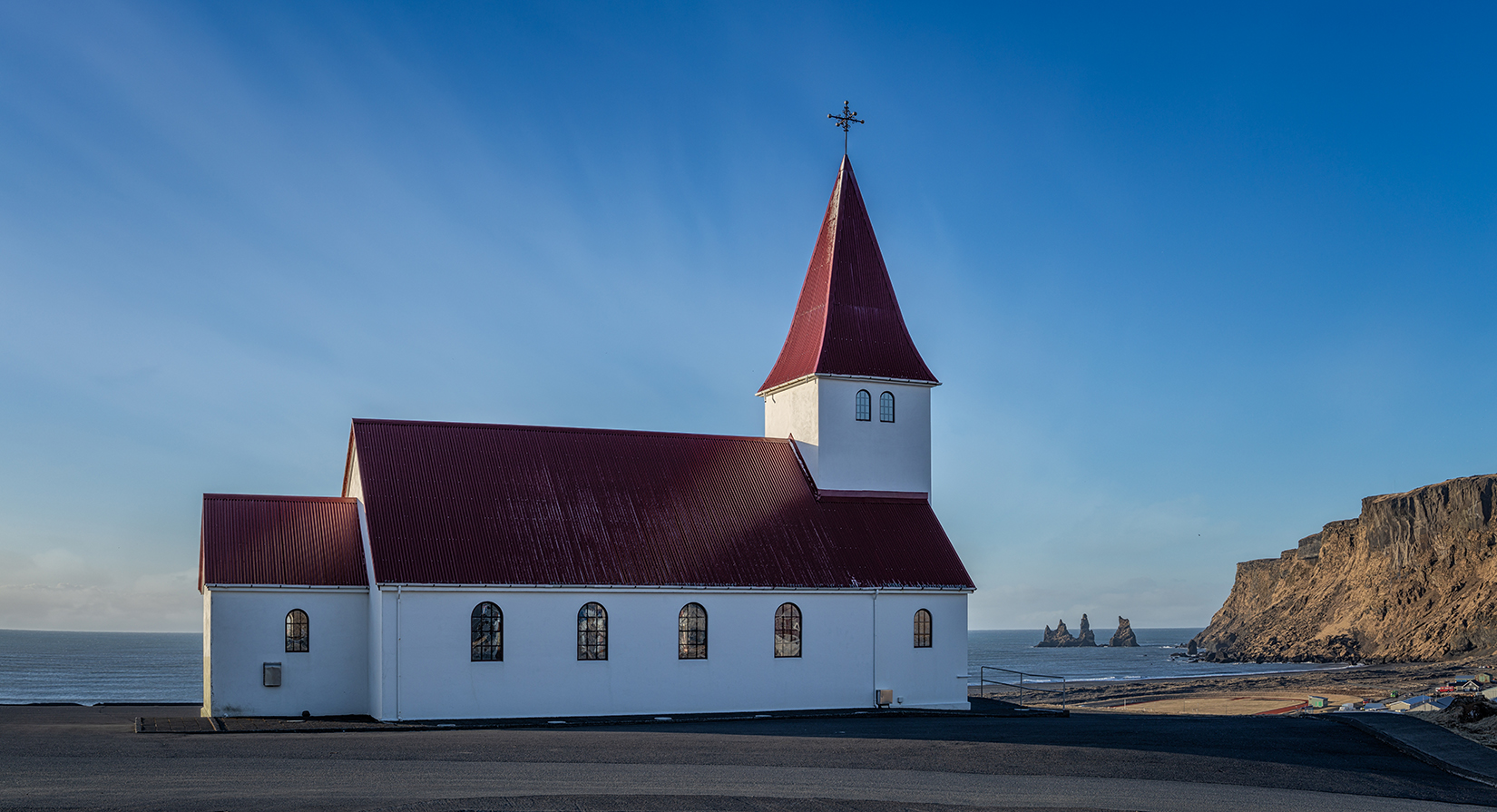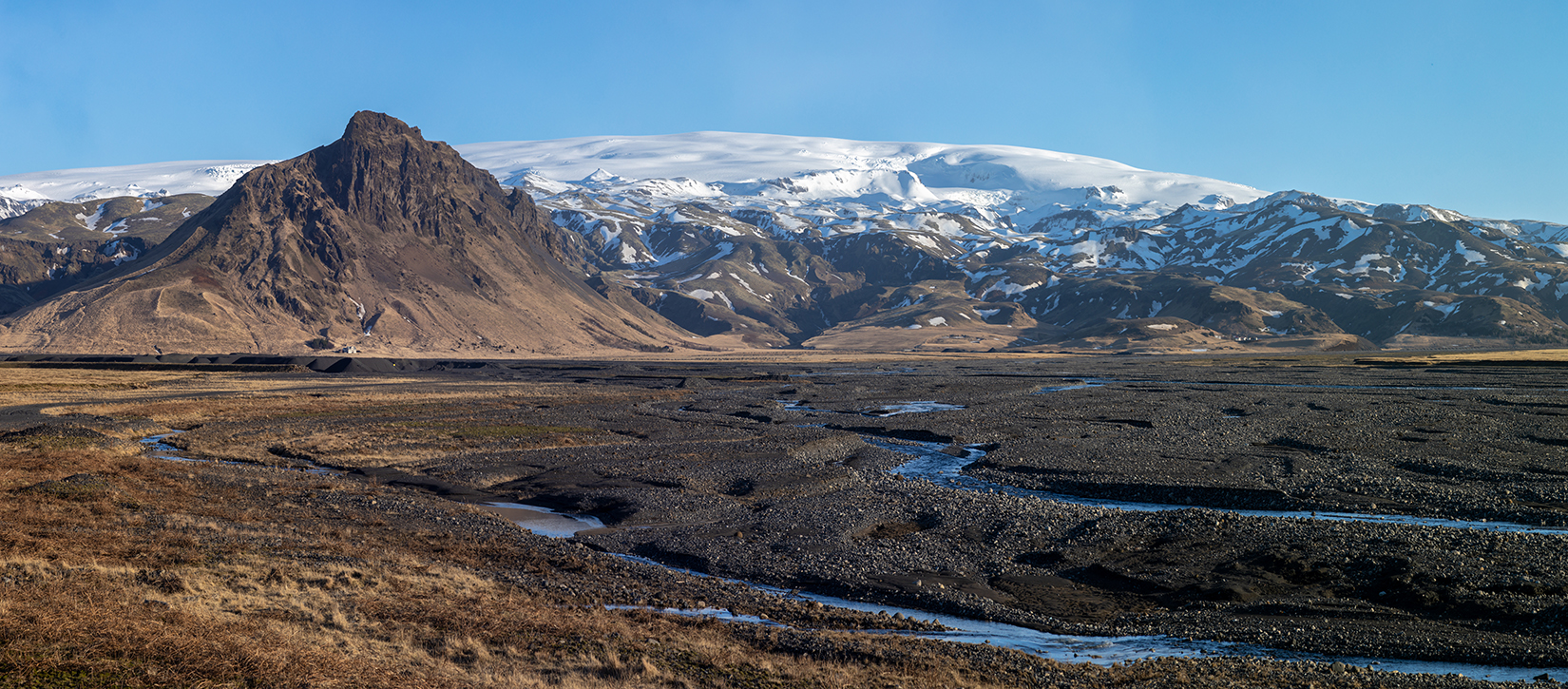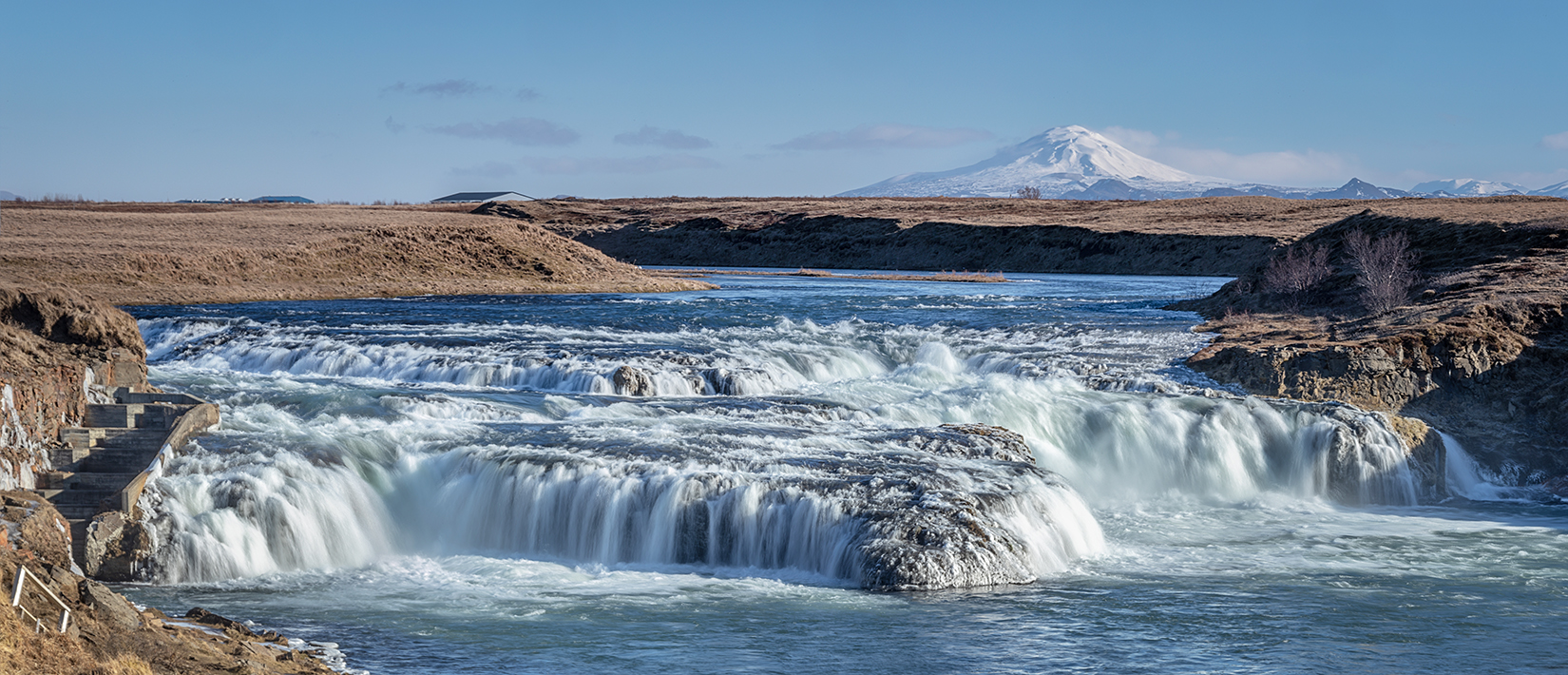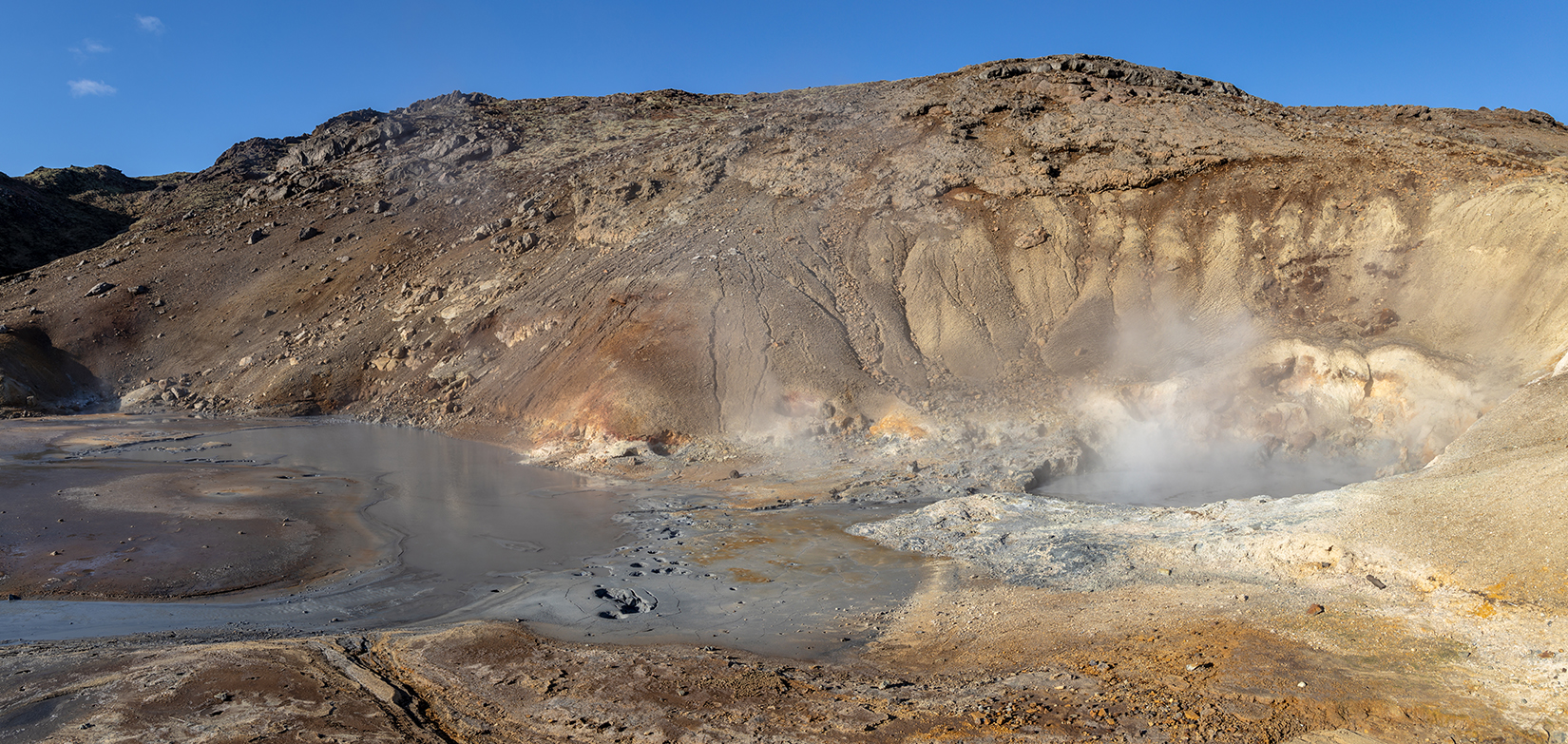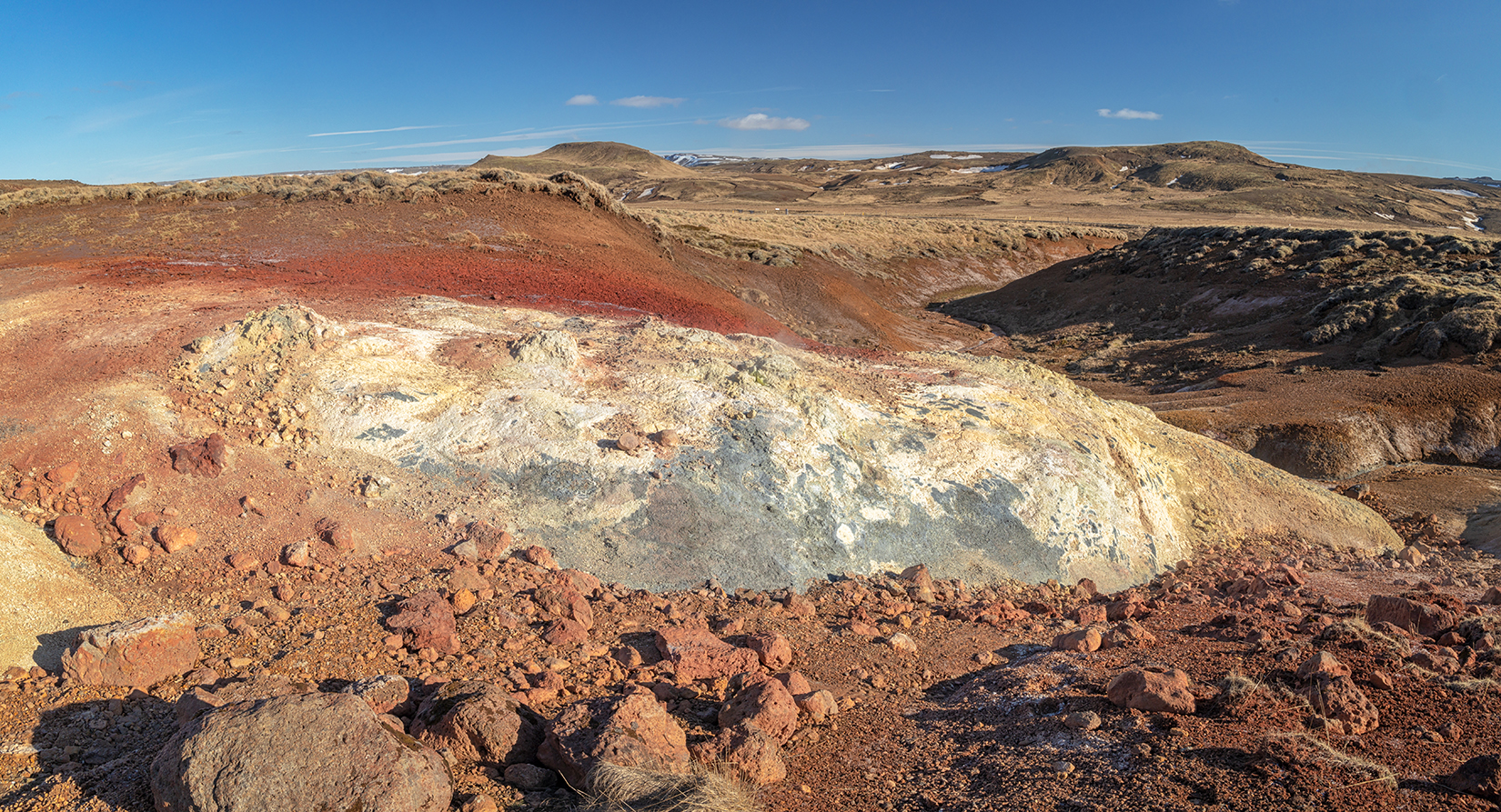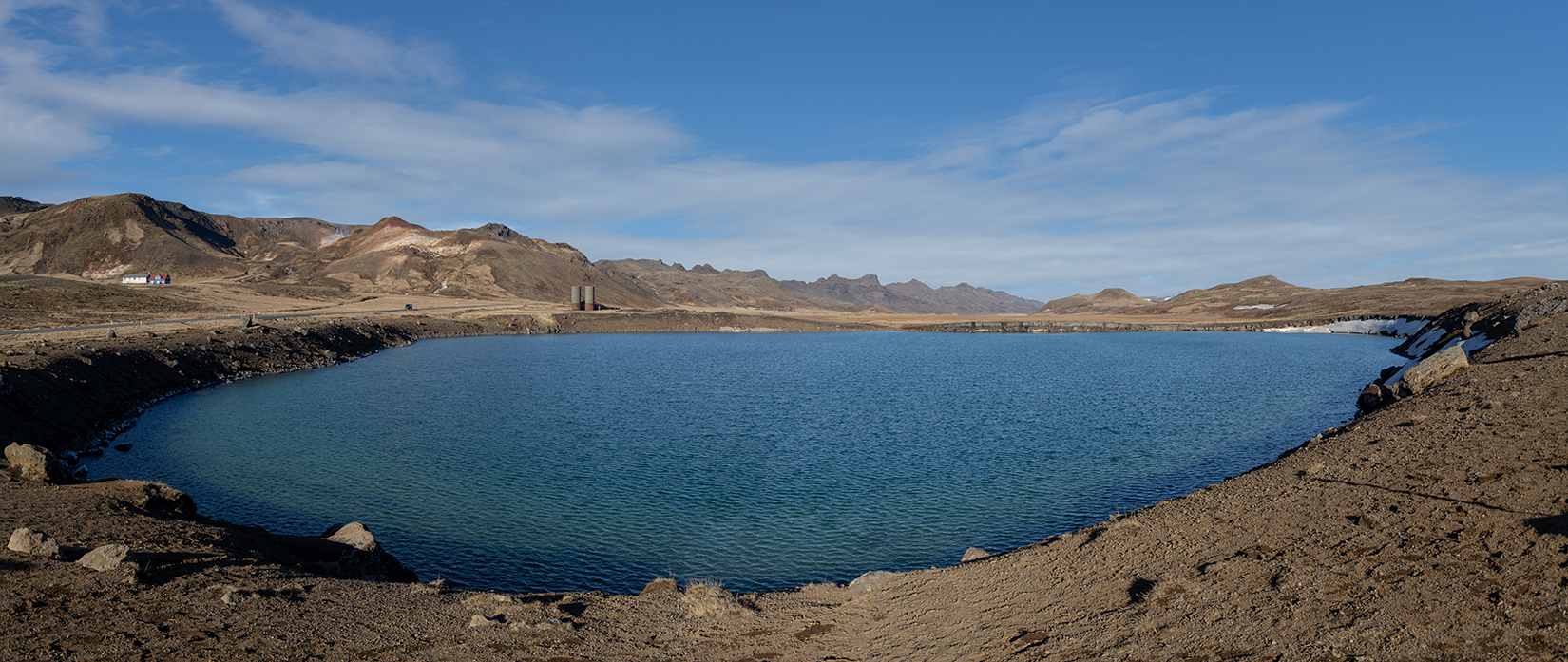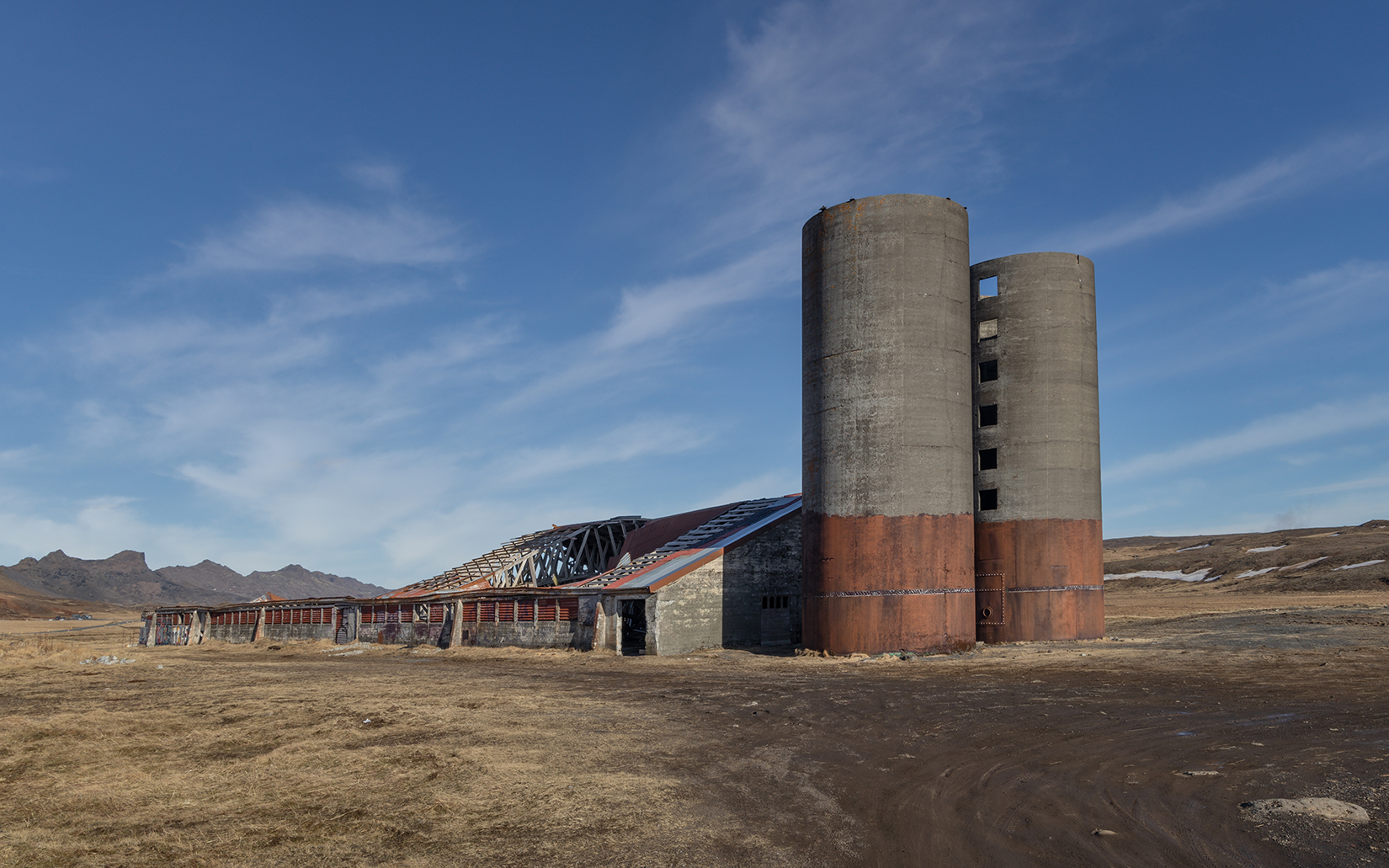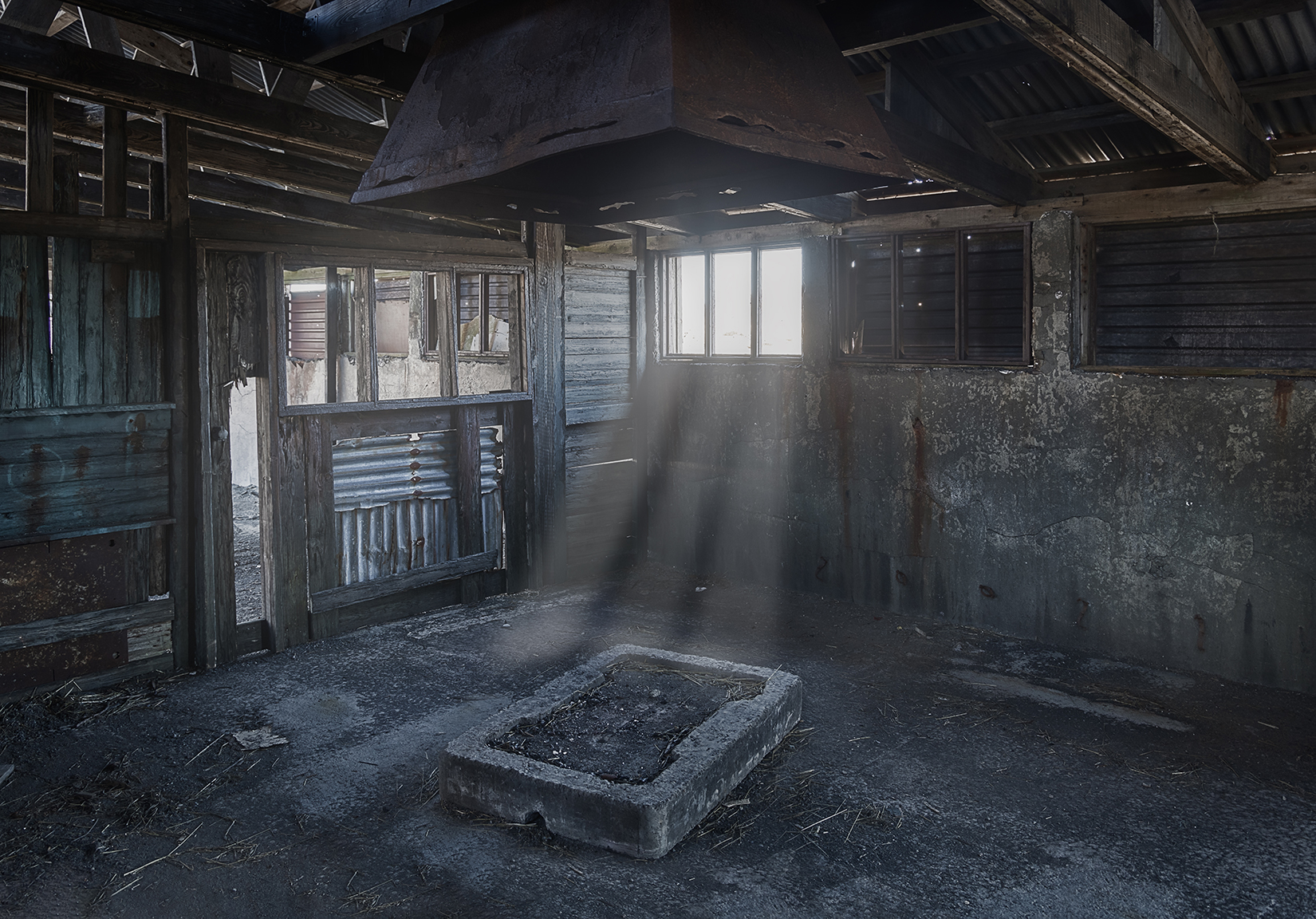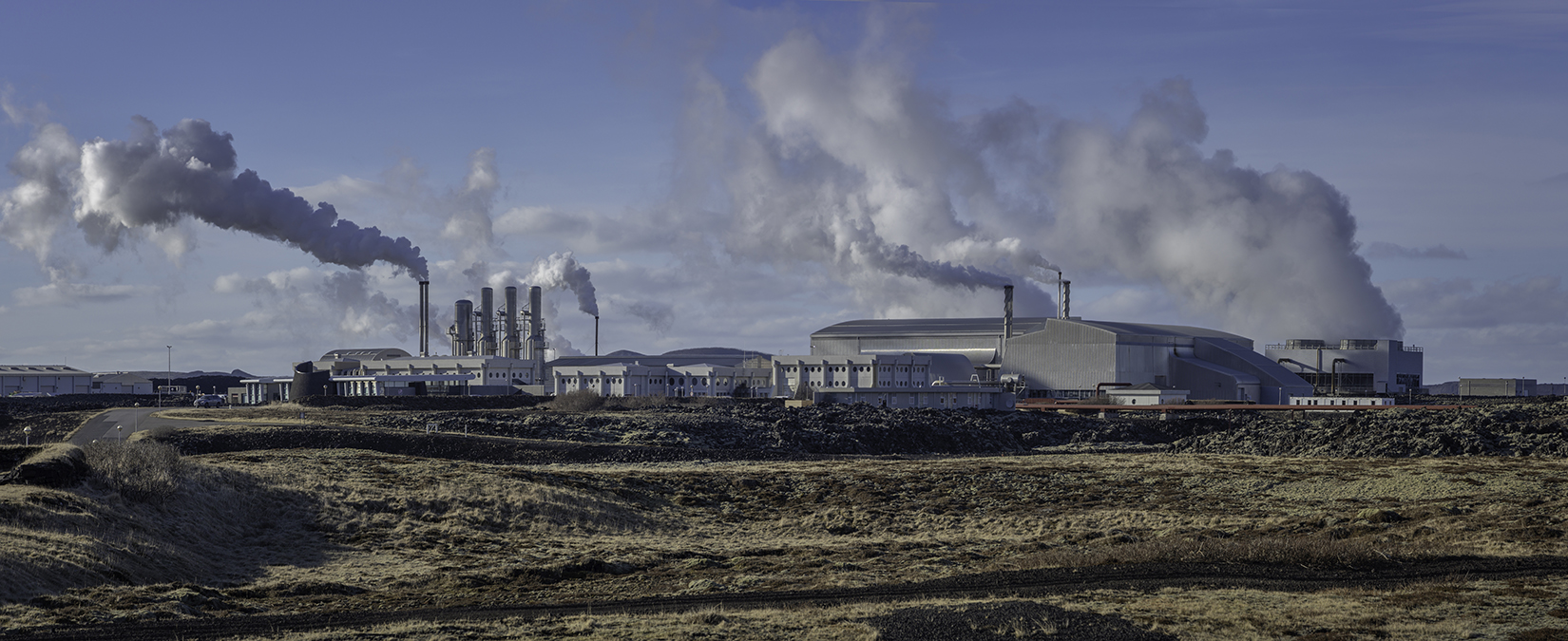Date: 6th Mar 2023
Vik To Reykanes
Today we set off on the last leg of our trip to Iceland, heading to the Reykanes Peninsula to the south of Reykjavik. The peninsula lacks the mountains and glaciers along the south coast of Iceland, but it is one of the most volcanically active regions in Iceland.
Before leaving Vik however, we visited the church for a few shots early in the morning.
On the drive to Reykanes, we made a couple of photography stops, first for a view towards the Myrdalsjokull icecap, then at Aegissidufoss which we had visited on the way out. On our first visit to Aegissidufoss, the weather was very gloomy and there was no view of Hekla in the background. This time however the weather was bright and clear, so a long focal length panorama shot brought the volcano clearly into view.
Once past the twon of Selfoss there is relatively little of interest on the drive along Highway 427, which skirts the coast. On reaching the Reykanes area, we turned up Highway 42, which took is to a few locations worth visiting. First was the church at Krysuvikurk, a tiny black church standing it would seem in the middle of nowhere. The original church was built in 1857, but fell out of use before being restored in 1964. Unfortunately it then burned down in 2010, and was only rebuilt and re-dedicated in 2022.
A few miles further on from the church is the Krysuvik thermal hot spring area (sometimes also known as Seltun). There are some boardwalk paths around the hot springs and because it is necessary to stick to the paths for safety, it can make it difficult to achieve a satisfactory composition. There were however some vivid colours in the rocks, which was worth photographing.
Close to Krysuvik is the green lake of Graenavatn, which lies in a volcanic crater about 6000 years old. The lake is a vivid colour due to the minerals in the water.
On the far side of the lake, visible in the image above, are the remains of two silage towers and some other buildings – a failed venture in the 1950’s. Whilst they do rather spoil the view, we explored the buildings, and the decaying interior makes for some interesting shots.
When we arrived at our hotel, the industrial theme continued as it was next door to the Svartsengi geothermal power plant. At first this appears a little incongruous, however one by-product of the power plant is the Blue Lagoon, formed from run-off water from the power station. As the lagoon attracts almost a million visitors a year, it has also fed demand for hotels in the area.
In the evening, we were treated to a ‘blue Chenobyl glow’ from the power station, though it is of course very green energy and not polluting at all.


